18 pages • 36 minutes read
William BlakeNight
Fiction | Poem | Adult | Published in 1789A modern alternative to SparkNotes and CliffsNotes, SuperSummary offers high-quality Study Guides with detailed chapter summaries and analysis of major themes, characters, and more.
Literary Devices
Form and Meter
“Night” divides into six octaves, or stanzas of eight lines. Each octave follows the same ABABCCDD rhyme scheme and begins with four lines of alternating iambic tetrameter and iambic trimeter. This opening meter, sometimes called common meter, is associated with popular songs and ballads. The stanzas in Blake’s “Night” deviate from this common meter after the first four lines, however. The last four lines of each stanza maintain their iambic feet (with one unstressed syllable following a stressed) but vary between tetrameter, trimeter, and dimeter.
Either a colon or a period separates common meter and Blake’s variable meter in the last four lines of each octave. This separation in meter and punctuation suggests a turn in the speaker’s thought or point of view. In the third stanza, for instance, the speaker presents the image of “wolves and tigers” (Line 25) in the first half and comments on what will happen “if they rush dreadful” (Line 29) in the second half. This turn from the concrete image to the abstract, emotional response tends to occur at the same point in each of the stanzas.
Related Titles
By William Blake
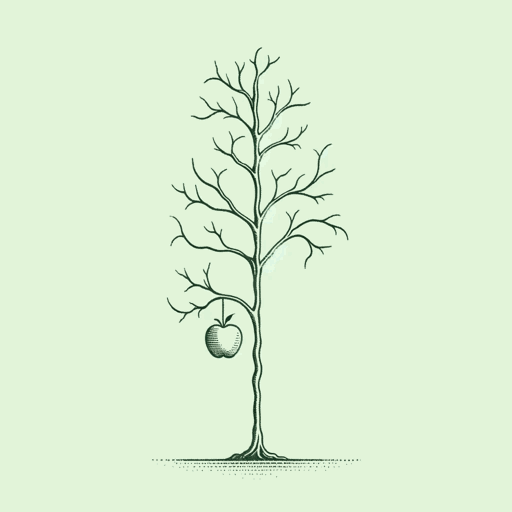
A Poison Tree
William Blake
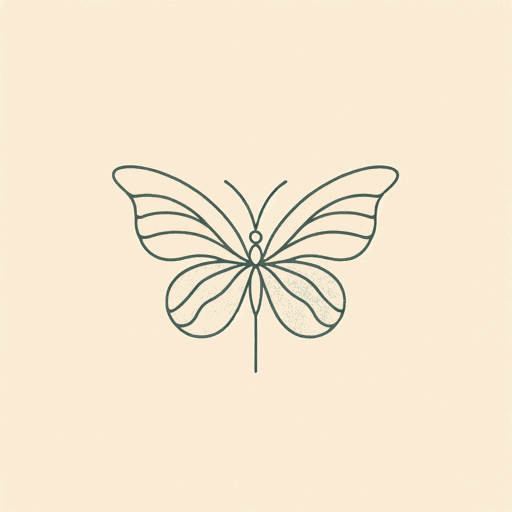
Auguries of Innocence
William Blake
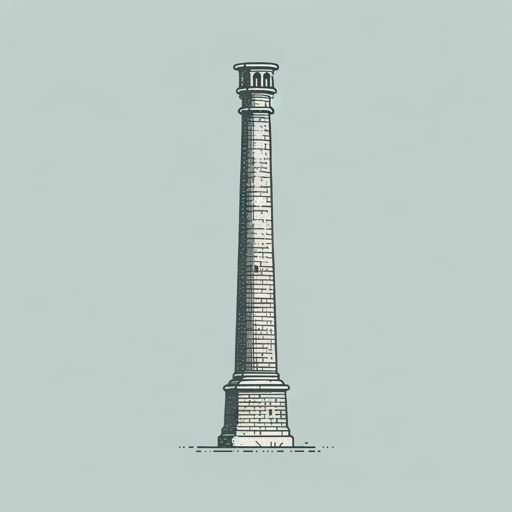
London
William Blake

Songs of Innocence and of Experience
William Blake
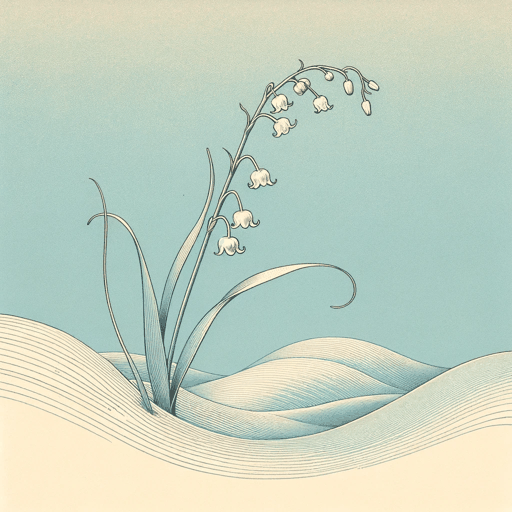
The Book of Thel
William Blake
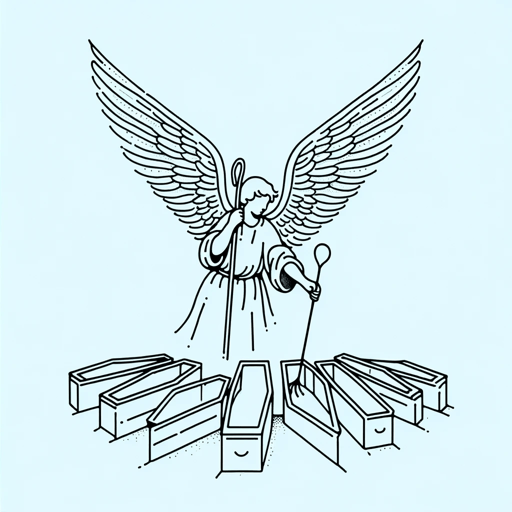
The Chimney Sweeper
William Blake
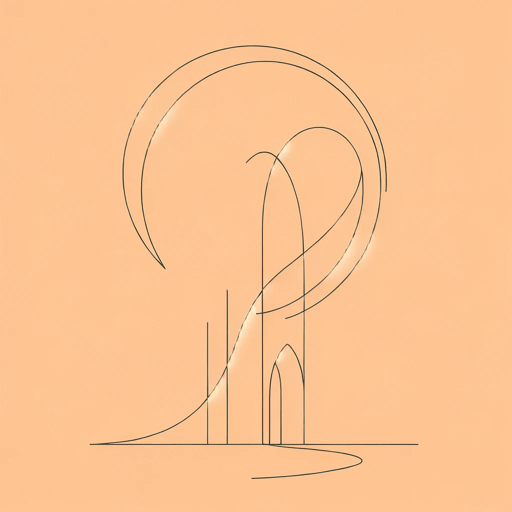
The Garden of Love
William Blake
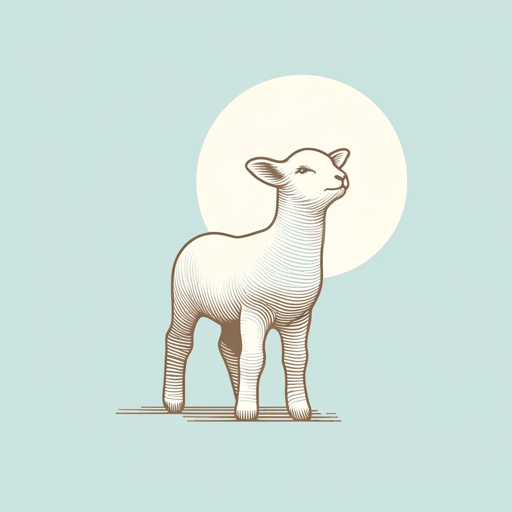
The Lamb
William Blake

The Little Boy Found
William Blake
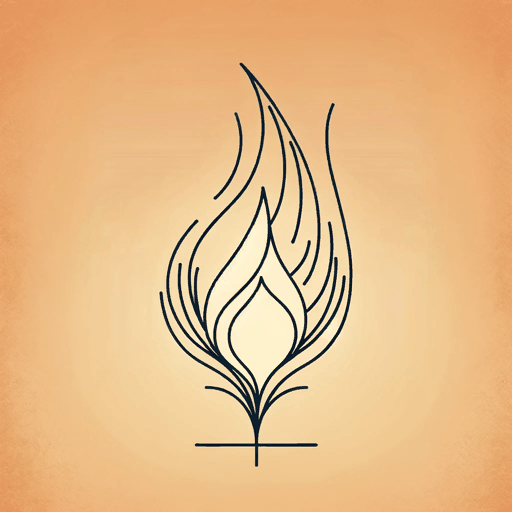
The Marriage of Heaven and Hell
William Blake

The Sick Rose
William Blake
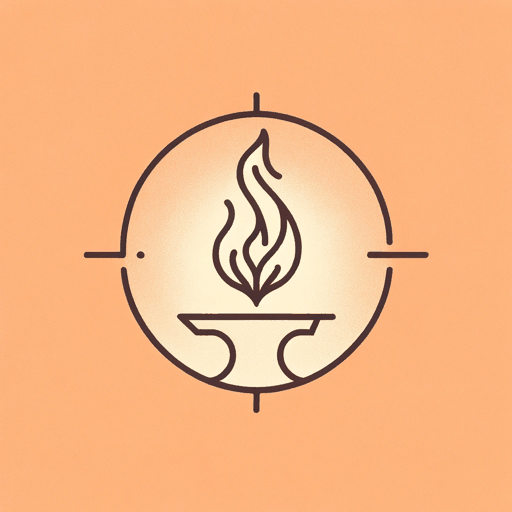
The Tyger
William Blake

